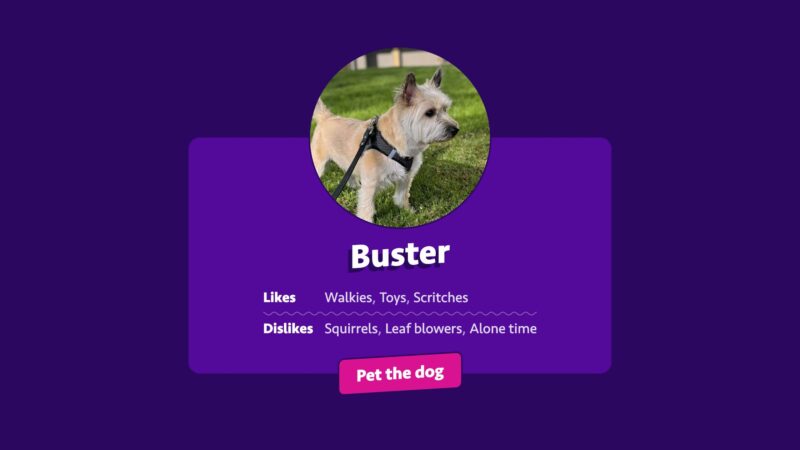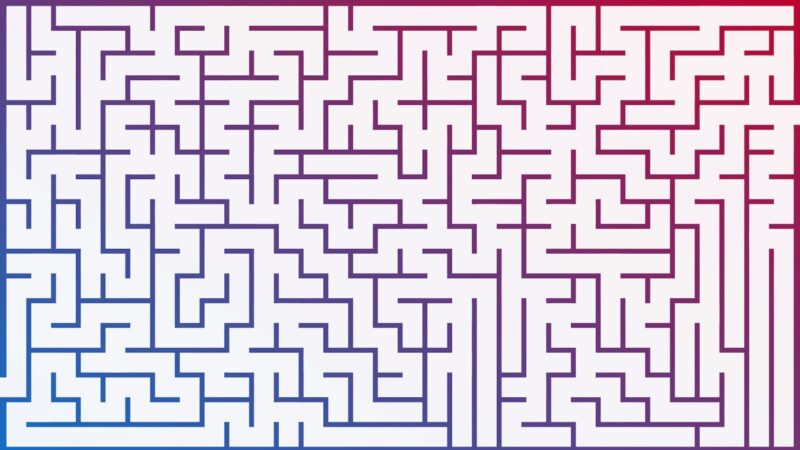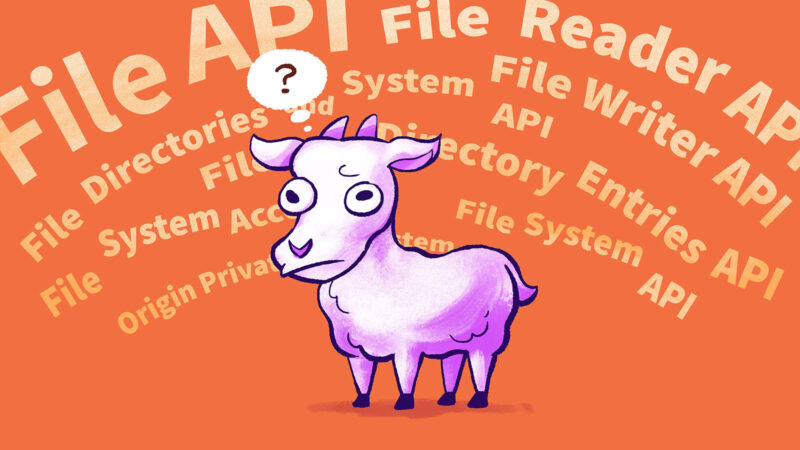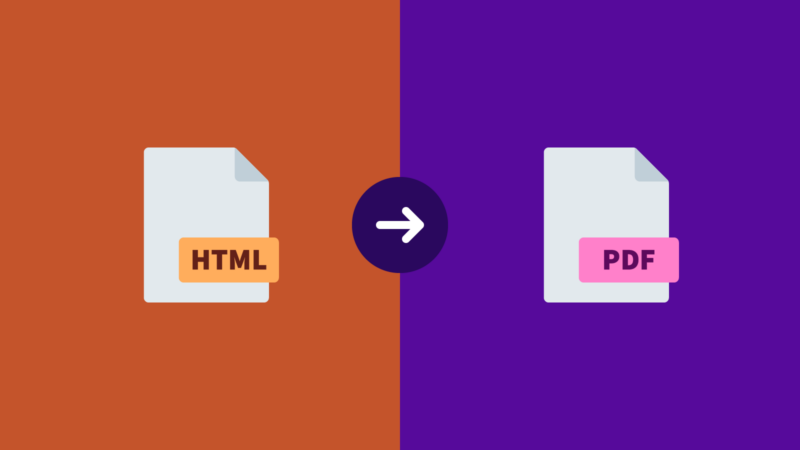Cowardly Defaults and Courageous Overrides with Modern CSS

Let’s make a more useful utility class without giving up any versatility.
You appear to be offline, some content may be unavailable.

Let’s make a more useful utility class without giving up any versatility.

A simple trick for styling cards with breakout elements.
Recently, we overhauled our shared ESLint config, and I needed to release an alpha version. Thankfully, it turns out to be straightforward, once you know how to do it.

I didn't get a chance to hit the pumpkin patch this year, so I missed out on seeing any corn mazes. To make up for it, I decided to make some mazes of my own! Being a programmer, I over-engineered it and built a random maze generator!

There are many APIs that interact with the file system, and figuring out what they all do can be deeply frustrating. Don’t give up! I’m here to help.

Let's build a website and generate a PDF from the contents using basic CSS and a PDF generation API.

Instead of making your customers wait months, or years, for a modern version of an existing application, learn how you can plan to gradually transition from your legacy app to a new one.

Upgrading a legacy application can seem daunting. This series will guide you through the process, highlighting strategies for a smooth transition without disrupting your current operations.

A delightful metaphor from the world of game development.

OpenAI’s use of copyrighted material and the lawsuits over are reminiscent of the Napster era of digital music. Could history repeat itself with Apple and the iTunes Music Store?